Radio Surgical Mole Removal
Moles and skin lesions can be unsightly and make people feel self-conscious, especially when they’re on exposed parts of the body. They can even affect someone’s confidence and self-esteem.
In the past, the only way to remove them was by surgery – cutting the skin. However, moles, warts and other skin lesions can now be removed easily with minimal risk of scarring, using a revolutionary method known as radiosurgery.
Mole Removal
is efffective for:
- Moles
- papillomas or skin tags
- seborrhoeic warts
- viral warts
- dermatofibromas
- brow lift
treatment summary
Number of treatments?
Usually 1
Procedure time?
15-30 minutes
Discomfort level?
Mild discomfort
Anaesthetic?
Local anaesthetic injection
Recovery time?
7-10 days
Back to normal?
Immediately for most
Final results?
4-6 weeks
Duration of results?
Permanent
questions?
What does Radio Surgical Mole Removal involve?
Before we start the radiosurgery procedure, we make a small injection of local anesthetic as close as possible to the lesion.
We then carefully pass the radiosurgery device (a small wire loop and ball, which emits the radiofrequency energy) over the lesion, and the lesion is removed immediately.
How long does it take?
The treatment session, which can involve removing more than one lesion, usually takes around 10 to 15 minutes.
Does Radio Surgical Mole Removal hurt?
The procedure itself is painless, but you may have very mild discomfort for a few seconds when we inject the local anesthetic.
What does my skin look like after Radio Surgical Mole Removal?
Immediately following treatment, you will notice a very shallow ‘burn’ mark on the treated skin. This usually forms a dry scab within a day.
The scab will fall off naturally within 7 to 10 days, to reveal the new, healing skin underneath. The healing skin appears pink, which you can easily cover with makeup if you need to.
After 6 to 8 weeks, the skin will have fully healed and there is normally little if any trace that the lesion was there.
How safe is Radio Surgical Mole Removal?
Radiosurgery is a very safe treatment. The only contraindication is for a patient who has a cardiac pacemaker, as the radio waves could alter the device’s settings.
Abnormal pigmentation, like scarring, may be very rare, but we do advise you to use sun protection on the treated area, at all times and especially while the skin is still healing.
Infection in the treated area is also very rare, but we recommend that you protect the skin with clean dressings for a few days after treatment.
What about skin cancer?
Dr Strawford is a qualified GP and skin specialist with over 25 years’ experience. Before undertaking radiosurgery, he will thoroughly examination all lesions using high-powered magnification known as ‘dermoscopy’. Any lesion suspected as a skin cancer will be referred to a dermatologist for treatment.
Some pigmented lesions will need to have a biopsy at the time of treatment, which will be sent to the laboratory for histological diagnosis.
How many Radio Surgical Mole Removal treatments will I need?
Most moles and raised skin lesions can be removed in one treatment.
However, some moles have deeper roots and in time they may grow back. This is very rare but if it does occur, Dr Strawford will offer follow-up treatment at no additional cost.
What alternative treatments are possible?
We can offer surgical excision of lesions, but this usually results in unsightly scarring and a longer healing period.
Laser mole removal only works on smaller, flatter, pigmented lesions. It may also involve multiple treatments, which risks burning and scarring the skin.
Other than for viral warts and verrucas, chemical treatments and cryotherapy (freezing) are not normally effective for removing moles, and they may also cause scarring.
In radiosurgery, ultra high frequency (UHF) radio waves heat up the water in the cells of the mole, vaporizing those cells while having little or no effect on the healthy skin underneath. Any damage or scarring to the surrounding skin cells is minimal, which allows the area to heal quickly.
The benefits of superior healing make radiosurgery ideal for any raised lesion on the skin, especially on the face.
It is most commonly used for removing:
- – moles (benign intradermal naevus)
- – papillomas (skin tags) on the body and face including eyelids
- – seborrhoeic keratoses
- – seborrhoeic warts (large warty skin lesions usually occurring from the age of 40 years)
- – viral warts on the hands, lips and eyelids
- – dermatofibromas (raised firm skin lumps due to skin trauma, for example from an insect bite).
Radio Surgical Mole Removal
The removal of lesions for cosmetic reasons is not available on the NHS and many patients are not aware of this safe, simple and cost-effective way of removing moles and other skin lesions.
Dr Strawford has successfully removed thousands of unwanted skin lesions using radiosurgery, since he introduced this treatment to the practice 10 years ago.
Skin Excellence Clinics is one of only a few practices in the UK that offer this treatment.
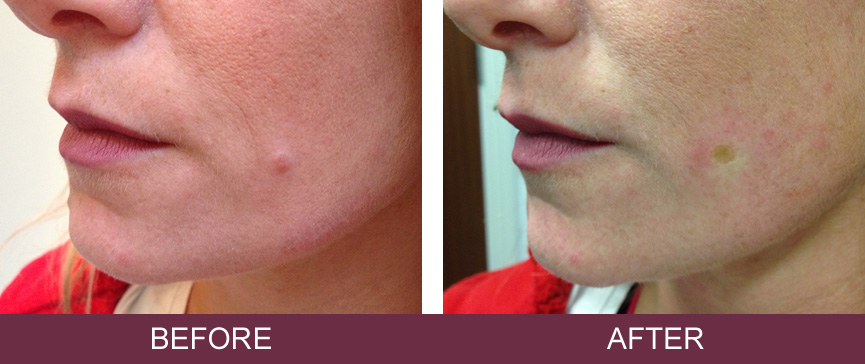
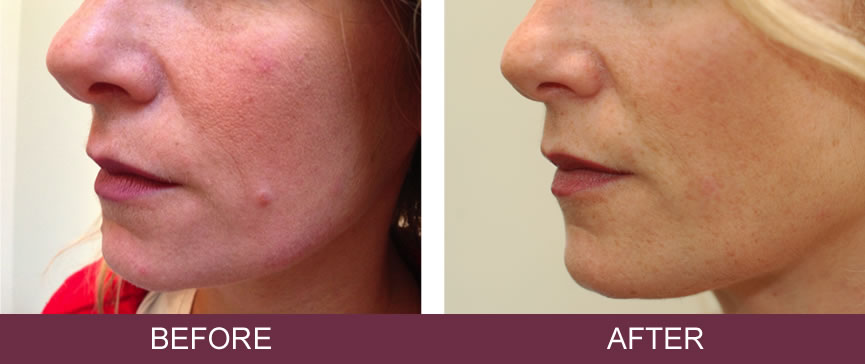
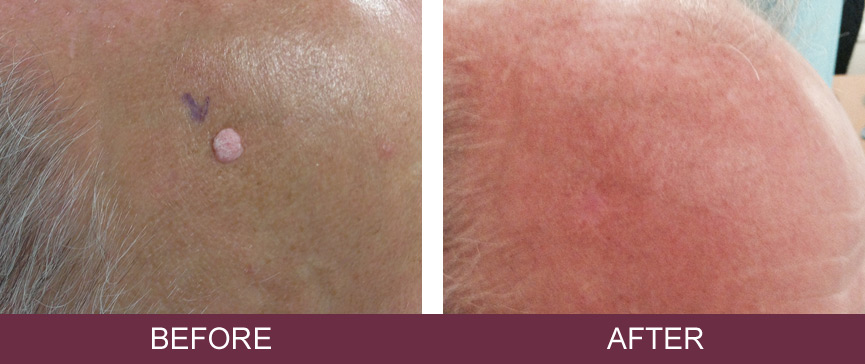
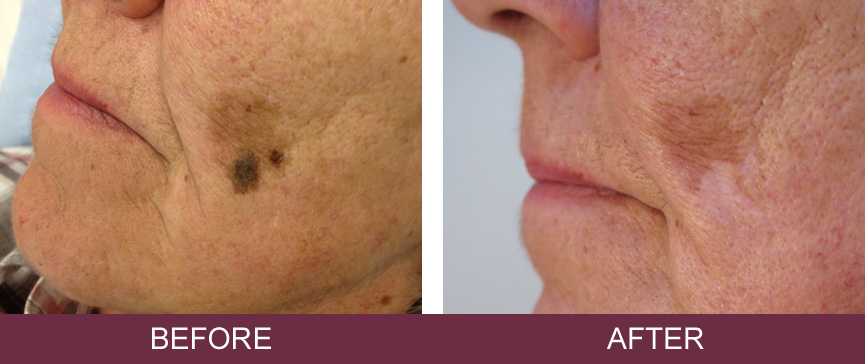
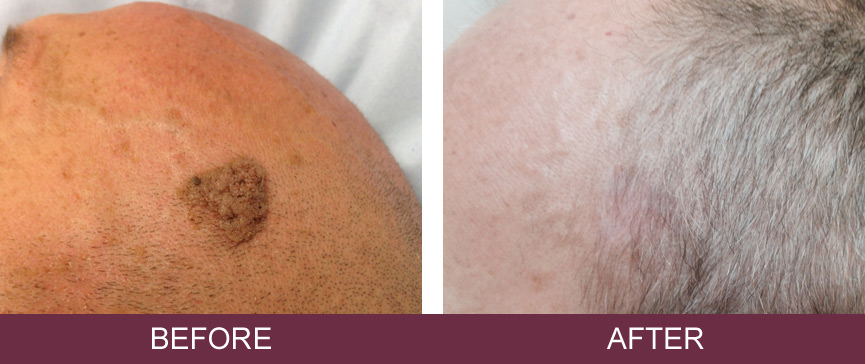
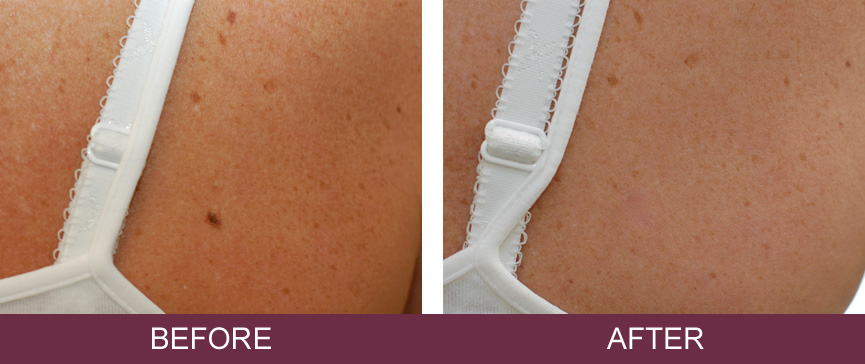
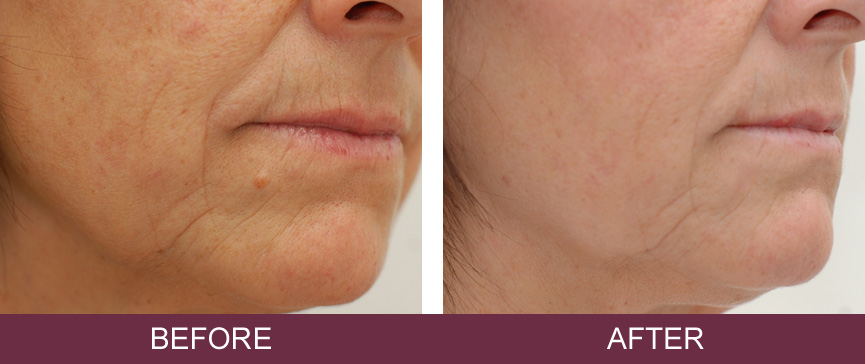
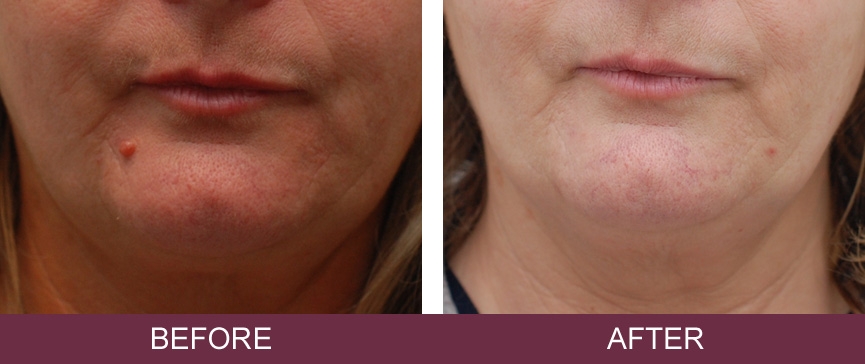
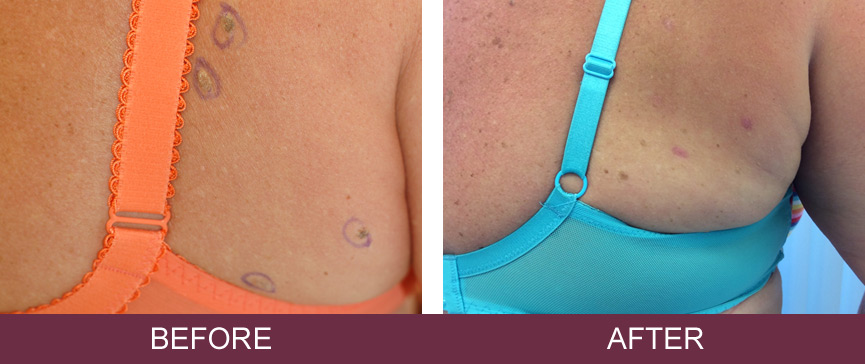
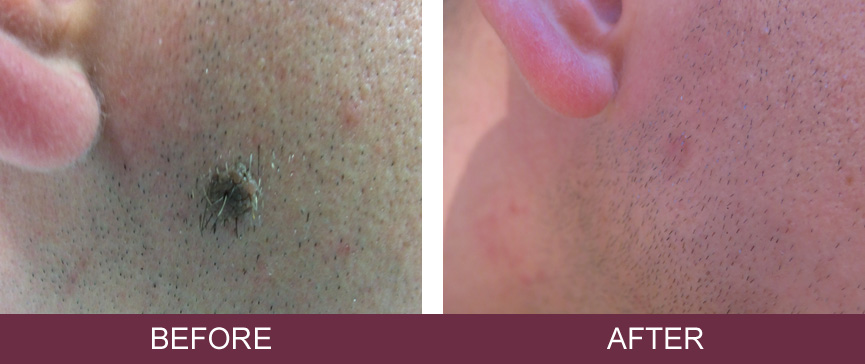
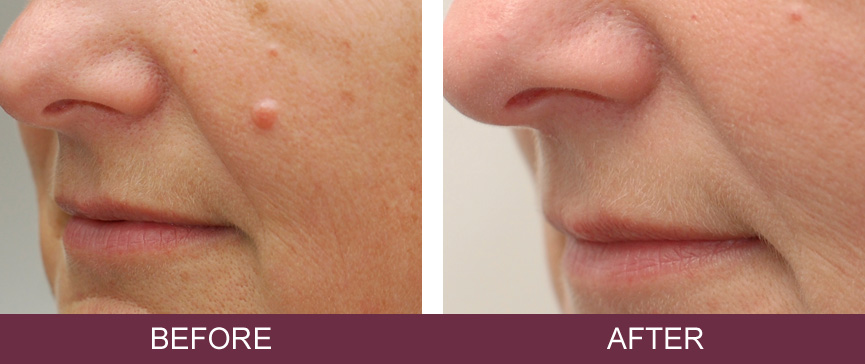
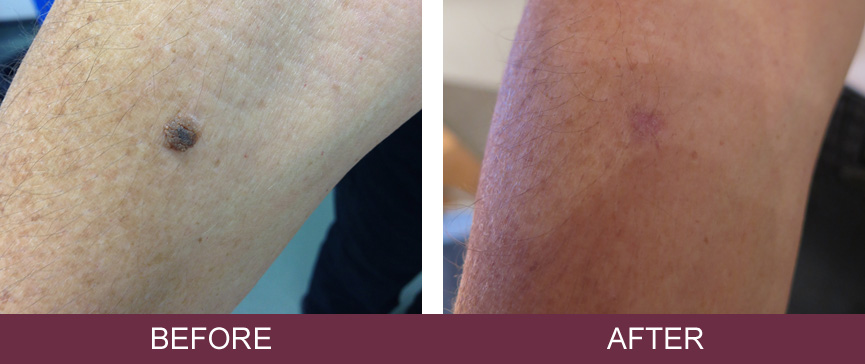
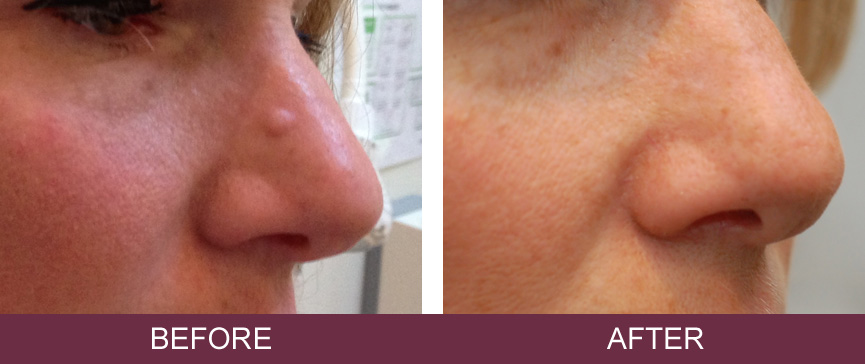

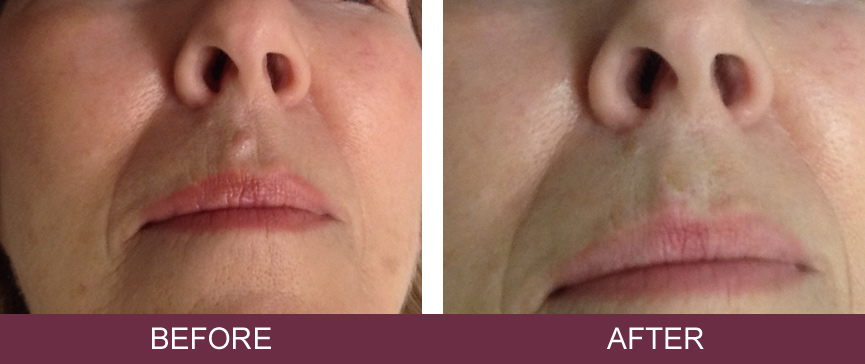
Testimonial – Radio Surgery Mole Removal
Mole Removal
Mole and skin lesion removal with radio surgery
Moles and skin lesions can be unsightly and make people feel self-conscious, especially when they’re on exposed parts of the body. They can even affect someone’s confidence and self-esteem.
In the past, the only way to remove them was by surgery – cutting the skin. However, moles, warts and other skin lesions can now be removed easily with minimal risk of scarring, using a revolutionary method known as radiosurgery.

